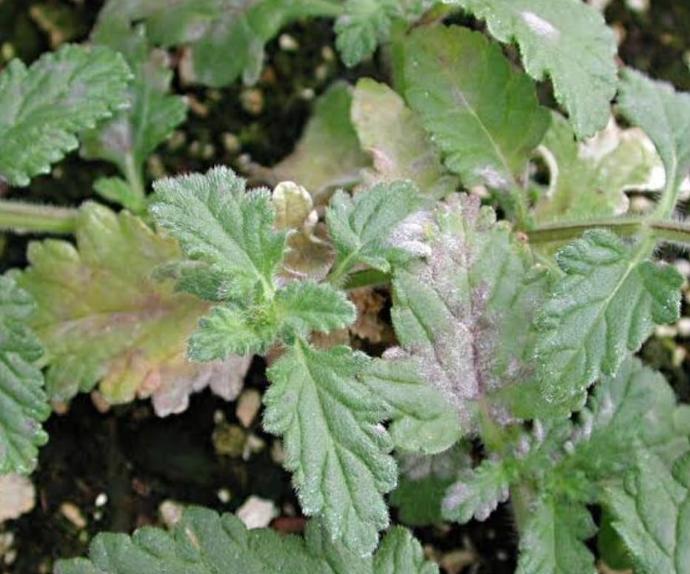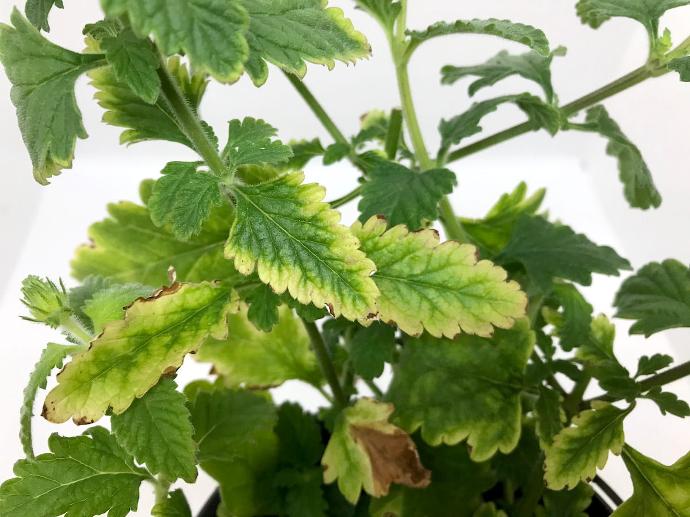Verbena hanging Plant
Verbena, a genus of flowering plants, may include various species with differing care requirements. Generally, plant in well-draining soil and provide full sun exposure. Water consistently and deadhead spent flowers for continuous blooming. Pruning can be done to shape the plant.
Habit
climber
Height
0.5 to 1.0 m
Growth
Fast
Soil
Well-drained, Loamy
Shade
Full Sun to partial shade
Moisture
Moist
Edible
No
Medicinal
No
Origin
Europe, Americas
Climatic Condition
Tropical, Subtropical
Temperature (°)
20°C to 30°C
Humidity (%)
60% to 80%
Potting media
50% Loam, 40% Sand, 10% Compost
Fertilizers
Organic Fertilizer
Watering
Regular watering
Plant Weight
0.3 to 0.5 kg
Flowering Time
Spring to Fall
Soil Ph level
6.0 to 7.5
Water Ph level
6.0 to 7.0
Soil EC
0.5 to 0.8 mS/cm
Yield Per Plant
3 to 5 kg per plant
NPK ratio
10:10:10
life Span
2 to 3 years
Health Benefits
Ornamental, Fragrance
Suggested Grow Media or Potting Mix ?
50% loamy soil, 30% compost, 20% sand
Suggested Fertigation/Fertilizers
Fertilize every 2 weeks with a balanced fertilizer.
Common Diseases and Remedies
Botrytis, powdery mildew and Spotted leaf.
Roots get mushy and smelly, White powder appears on the upper side of the leaf.
Avoid over watering and Remove the infected part.
Thiram or benomyl can be sprayed . Cinnamon fungicide can be sprayed 2-3 applications in 15days interval.
HEALTH BENEFITS
1. May help reduce stress: Verbena hanging's calming scent and appearance may help reduce stress and promote relaxation.
2. May have antimicrobial properties: Verbena hanging may have antimicrobial properties that can help prevent infections.
3. May help improve air quality: Verbena hanging's ability to purify the air may also help improve indoor air quality.
What Is An Verbena Hanging Tree?
A Verbena hanging plant, having a place with the Verbena variety, is an enchanting expansion to any garden or gallery space. With its flowing foliage and lively sprouts, it adds an eruption of variety and visual interest. These plants are famous for their capacity to flourish in hanging crates, compartments, or following down walls, making a rich and welcoming air. Verbena hanging plants are known for their groups of little, fragrant blossoms that arrive in various varieties, including shades of pink, purple, red, and white. They require negligible support and are cherished by landscapers for their versatility and persevering through excellence.

What Are The Different Types Of Verbena Hanging Plants?
1. Verbena bonariensis
Known for its tall, thin stems finished off with groups of little purple blossoms, this assortment adds vertical interest to hanging bushels.
2. Verbena rigida
Likewise called thin vervain, this species produces thick groups of radiant purple blossoms on low-developing, spreading stems.
3. Verbena 'Residence Purple'
This cultivar is valued for its productive sprouting propensity, delivering masses of rich purple blossoms all through the developing season.
4. Verbena 'Tapien
A progression of crossover verbena cultivars known for their minimal development propensity and bountiful sprouts in different varieties, including pink, purple, and white.
5. Verbena 'Lanai'
One more series of cross breed verbena cultivars that are appropriate for hanging bins, with following stems and brilliant blossoms in shades of red, pink, purple, and white.
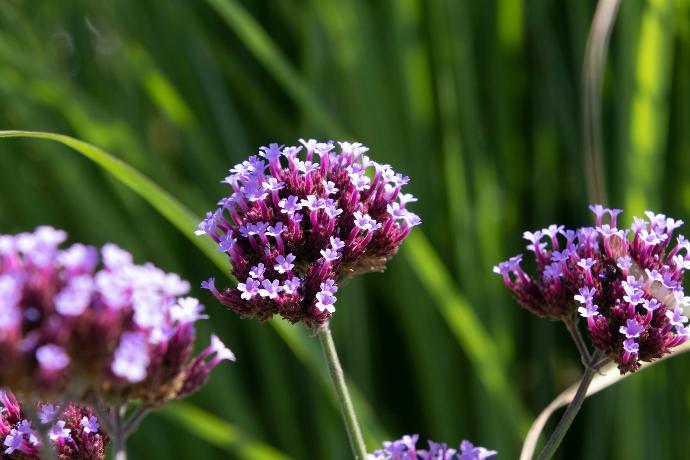
How to care for Verbena Hanging Plants ?
1. Location
Verbena hanging plants flourish in areas with full sun or fractional shade. They require well-depleting soil to forestall waterlogging, so establishing them in holders with seepage openings is suggested. Hanging crates or compartments situated in regions with great air dissemination will likewise assist with forestalling illness and advance sound development. Furthermore, they benefit from customary watering to keep the dirt reliably sodden yet not waterlogged. In general, giving a bright spot well-depleting soil and sufficient dampness will guarantee the best circumstances for verbena balancing plants to prosper.
2. Sunshine
Verbena hanging plants flourish in areas with full sun or halfway shade. They like somewhere around 6-8 hours of direct daylight each day to advance solid development and bountiful blossoming. Notwithstanding, they can endure some shade, particularly in more sweltering environments where extraordinary daylight might burn the leaves. To guarantee ideal development and blossoming, place your verbena draping plant where it gets adequate daylight, either outside on a radiant gallery or porch, or inside close to a splendid window.
3. Soil
Verbena hanging plants lean toward well-depleting soil that is wealthy in natural matter. A lightweight preparing blend explicitly formed for holder or hanging bin plants functions admirably. Search for a blend that contains fixings like perlite, vermiculite, or coarse sand to guarantee great waste. Stay away from weighty mud soils or compacted blends, as they can prompt waterlogging and root decay. Furthermore, adding a touch of fertilizer or matured compost to the dirt blend can give supplements to sound development. Routinely check the dampness level of the dirt and water depending on the situation to keep it reliably sodden yet not waterlogged.
4. Hydration
Verbena hanging plants require customary watering to keep the dirt reliably soggy yet not waterlogged. Check the dirt dampness levels consistently by embedding your finger about an inch into the dirt. Assuming that it feels dry to the touch, now is the right time to water. Water the plant completely, guaranteeing that the water arrives at the root zone. Nonetheless, keep away from overwatering, as this can prompt root decay. During hot and dry periods, verbena hanging plants might require more successive watering. Furthermore, giving a layer of mulch on top of the dirt can assist with holding dampness and lessen the recurrence of watering.
5. Nourishment
Feed your verbena draping plant with a fair manure formed for blossoming plants. Adhere to the producer's guidelines for application rates and recurrence. During the developing season, treat each 2 a month to advance nonstop sprouting. Apply a layer of mulch around the foundation of the plant to assist with holding dampness, smother weeds, and continuously discharge supplements into the dirt as it breaks down.
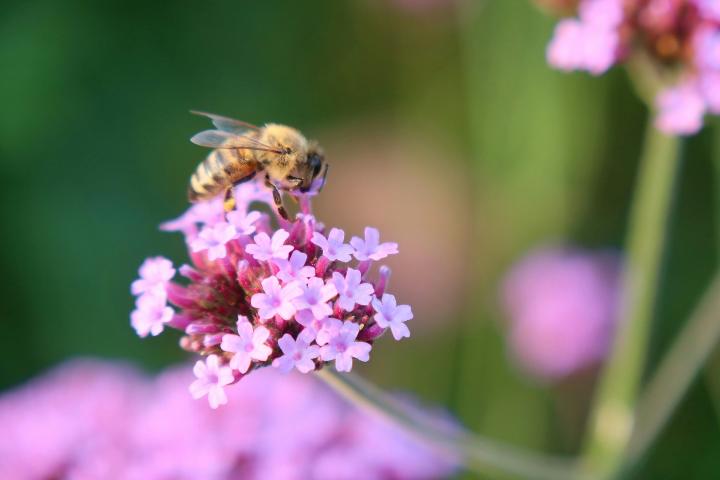
6.Issues
Unreasonable dampness can prompt root decay and other parasitic illnesses. Guarantee that the dirt has great waste and abstain from watering too habitually. On the other hand, deficient watering can make the plant shrivel and experience the ill effects of dry season pressure. Keep the dirt reliably sodden, particularly during hot and dry periods. Aphids, bug vermin, and whiteflies are normal nuisances that might overrun verbena plants, especially in warm climate. Utilize insecticidal cleanser or neem oil to control bug invasions.
What are the Benefits of Verbena Hanging Plants ?
Verbena hanging plants produce bunches of dynamic roses in various varieties, adding excellence and visual interest to any space. The nectar-rich blossoms of verbena plants draw in pollinators like butterflies, honey bees, and hummingbirds, assisting with supporting neighborhood biological systems. Verbena plants normally have a long sprouting period, giving persistent variety and interest all through the developing season. Numerous assortments of verbena are dry season open minded once settled, making them appropriate for gardens in warm and dry environments.
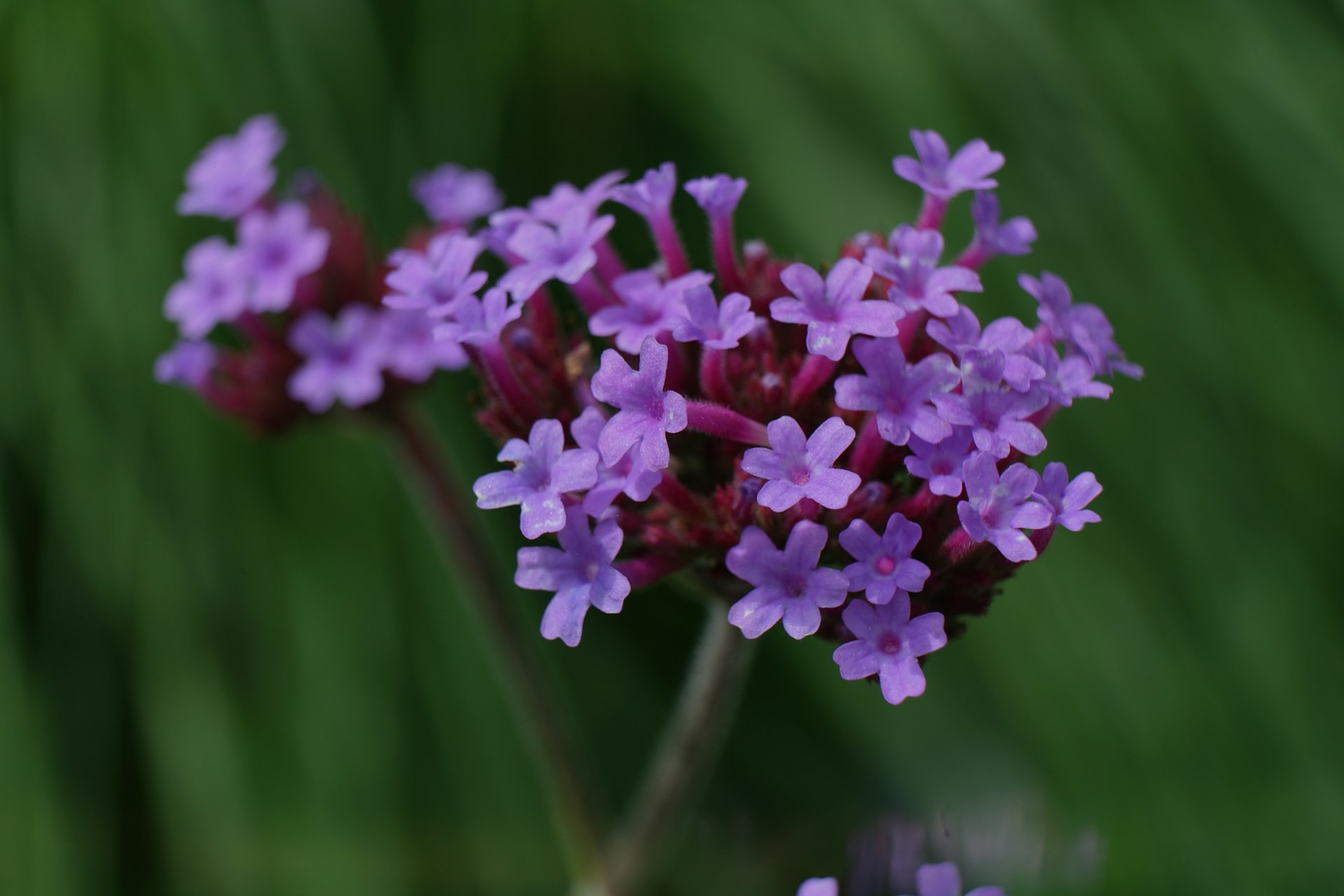
FAQs About Growing Vebena Hanging
1. How to keep up with verbena hanging trees?
Keep the dirt reliably clammy, yet at the same not waterlogged. Water completely when the top inch of soil feels dry to the touch. During hot and dry periods, you might have to water all the more as often as possible.
2.What are the uses of verbena hanging plant?
Verbena hanging plants are primarily grown for their beautiful and colorful flowers, making them popular choices for hanging baskets, containers, and garden borders.
3. Can I grow verbena hanging plant indoor?
Provide your verbena hanging plant with bright, indirect sunlight. Place it near a south- or west-facing window where it can receive at least 6-8 hours of sunlight per day. Supplemental grow lights can also be used to provide additional light if needed.
4. Which pot is best for growing verbena hanging plant?
Choose a pot that is large enough to accommodate the root system of the plant while allowing room for growth. For hanging plants, select a pot with a diameter of at least 10-12 inches to provide ample space for the roots to spread out.
5. From where can I shop verbena hanging plant?
Visit your nearest nursery or garden center to find a selection of verbena hanging plants. They often carry a variety of plant sizes and cultivars suitable for hanging baskets or containers
